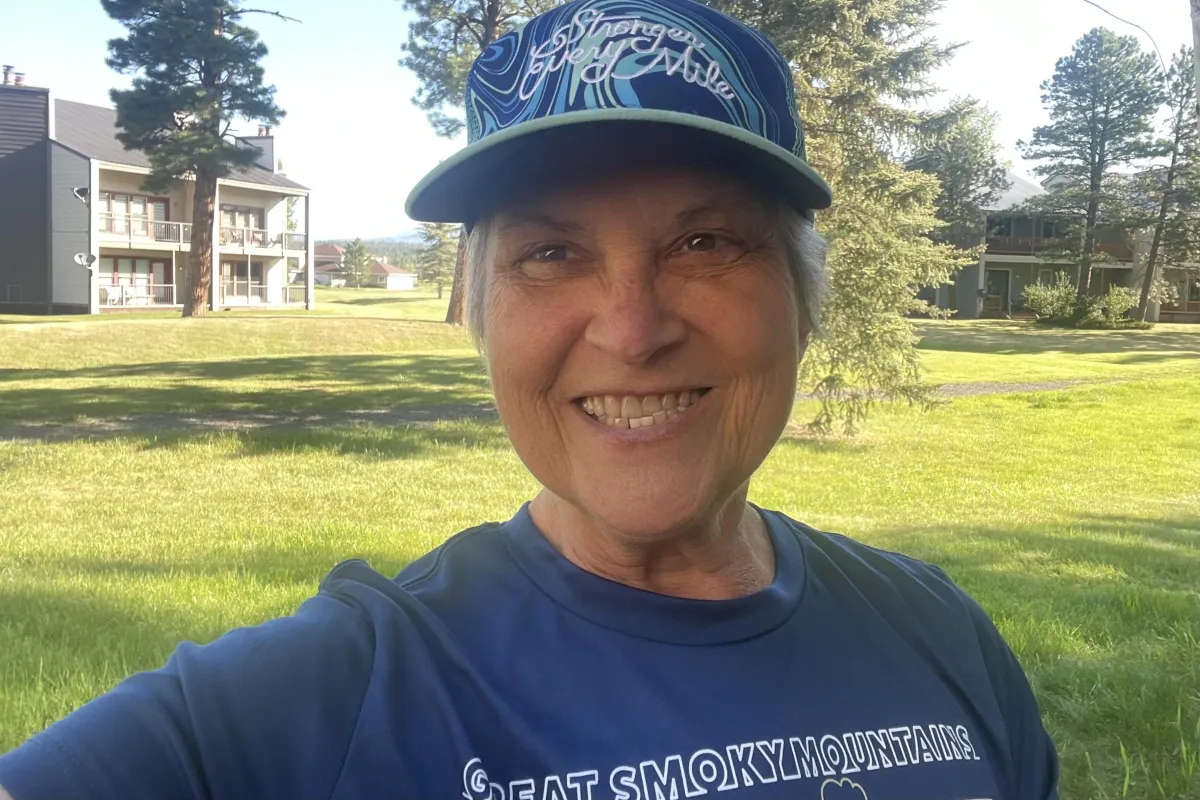Our Latest Articles

Going Flat After Mastectomy
Let's Talk About Going Flat: A Survivor's Perspective
As June—National Cancer Survivor Month—comes to a close, I want to talk about something deeply personal and still too often misunderstood: the decision to go flat after a double mastectomy.
I’m six months out from my own double mastectomy, and let me be very clear: I am thrilled with my decision. I feel strong, peaceful, and whole. But getting here wasn’t without resistance—not from within, but from others.
Why I Chose to Go Flat
From the moment of my diagnosis—metaplastic triple-negative breast cancer, an aggressive and rare subtype—I knew that I wanted to remove all the breast tissue and not undergo reconstruction. My decision was rooted in both peace of mind and practical recovery goals. Metaplastic cancer is notorious for returning, and I needed to do everything in my power to protect my future. I wanted the cancer gone, and I wanted to move on with my life.
Chemotherapy only strengthened my conviction. I was sick of being sick. I didn’t want more surgeries, more risks, more delays in healing. I wanted to start physical therapy, rebuild my strength, and reclaim my life—without surgical complications getting in the way. There is solid research showing that the first few weeks and months post-treatment are crucial to long-term outcomes. I wanted to use that window to heal, not to be back in a hospital bed.
Facing the Pressure to Reconstruct
Even with my clarity, nearly every doctor I saw tried to change my mind. And that’s where the conversation needs to change.
No judgment toward women who choose reconstruction—I honor and support your choice completely. What I want to address is the imbalance in how options are presented. Going flat is too often treated as a “last resort” or a temporary solution. For many of us, it’s neither.
I’m 68. I’m comfortable and confident in my body. I don’t need implants or reconstruction to feel feminine, complete, or powerful. I need health. I need freedom. And I needed to be heard and respected for my decision.
“You Can Always Change Your Mind...”
People often say, “Well, you can always get reconstruction later.” Actually—I can’t. I intentionally didn’t leave enough tissue behind for reconstruction. And more importantly—I don’t want to.
That comment, even when well-intended, implies that my decision was somehow lacking or that I’ll regret it. I don’t. Not for one second. If anything, I wish I could shout from the rooftops how freeing it is to go flat and just be done.
Let’s Normalize Going Flat
This isn’t about saying one path is better than another. It’s about making space for the full spectrum of experiences and choices.
It’s about supporting women in making the best decision for their bodies and their futures—free from pressure, stigma, or shame. I’ve heard too many stories from women who reluctantly went through reconstruction because their doctor, their partner, or society expected it. That’s not okay.
It’s time to change the conversation. Going flat is not giving up. It is not a failure. It is not something to pity, pity-talk, or gently try to talk someone out of. For many of us, it is a powerful, informed, and liberating choice.
To My Fellow Survivors
If you are facing this decision: take your time. Ask questions. Talk to other survivors. And most of all—trust yourself. Your body, your healing, and your peace of mind are yours to protect.
There’s no one right way to survive. But you get to choose your path.

